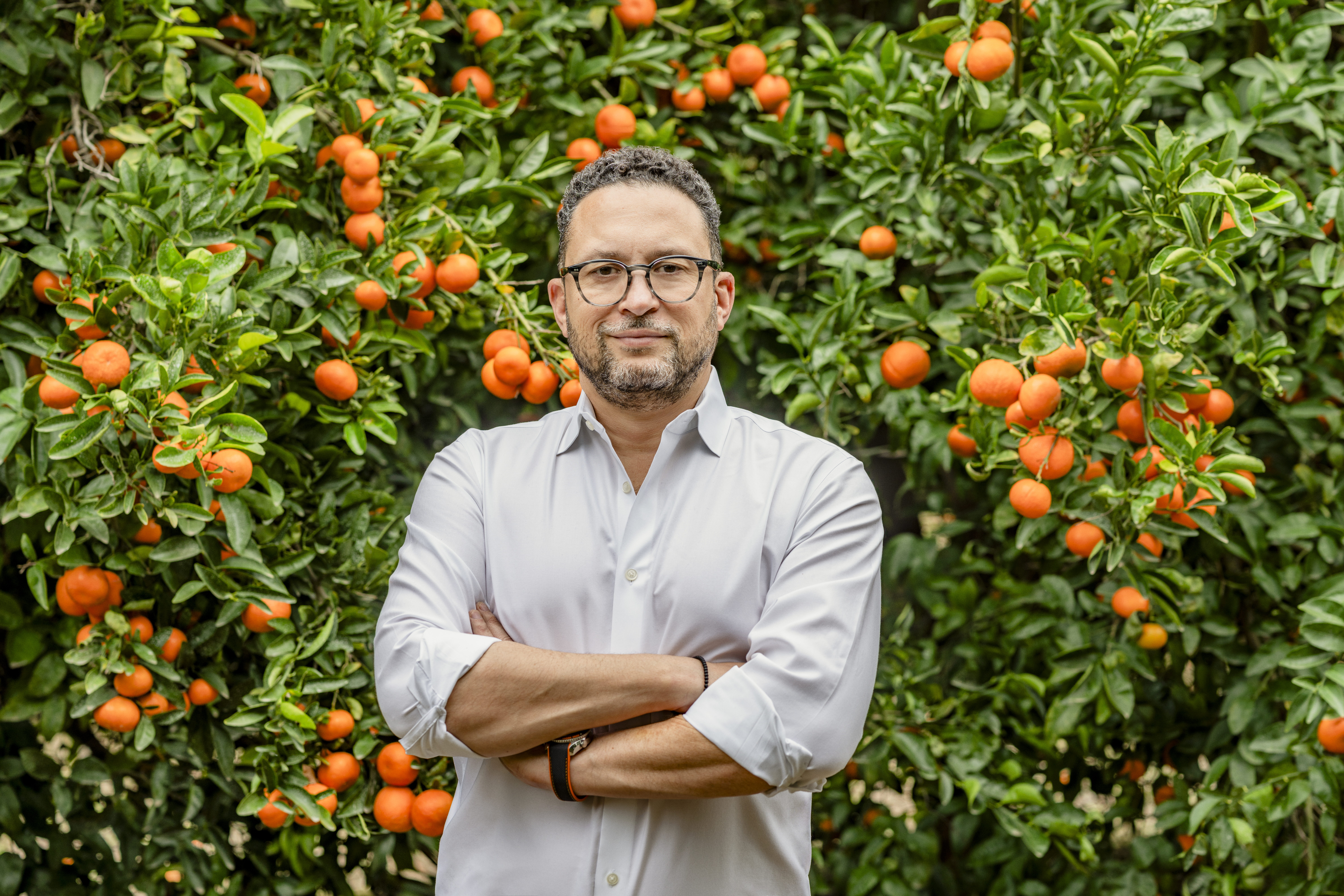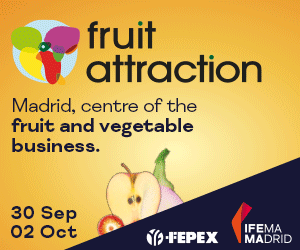South Africa: Dry weather may hit citrus sizing but quality "excellent", says CGA

With the harvest of South Africa's early citrus varieties around the corner, an industry head has said lower than average rainfall in many growing regions could affect fruit sizing but the internal quality will be "excellent". 
The drier weather is said to be taking a particularly heavy toll on the country's sugar and grain industries, while irrigation systems have been in full swing on citrus farms to help the fruit's development.
Citrus Growers' Association (CGA) of Southern Africa CEO Justin Chadwick said it was his understanding that northeasterly provinces like Limpopo and Mpumalanga were the most drought-affected areas.
"The Western Cape gets winter rainfall, so we don't expect rain over the summer period," he told www.freshfruitportal.com.
"In the summer rainfall areas we would anticipate rain going from September right through until the end of February and into March, and those early rains didn't occur . We've had no substantial rain during the whole growing period.
"Although we do have irrigation on all farms, there's no doubt that irrigation doesn't do the job as well as rain does - you don't get the same coverage."
However, Chadwick explained that any detrimental effect on the fruit should be limited to a slightly smaller sizing.
"The influence of that [dry weather] basically is that your internal quality's excellent, because your sugars are at good levels and all those kinds of things, but the sizing of the fruit is sometimes impacted," he said.
"But having said that, that situation can change within a week. If you have good rainfall now going into March and April the fruit can size up, and then it can change the whole scenario."
The first significant volumes of satsumas are expected to come through around mid-March, and that will generally be followed by grapefruit toward the end of April, Chadwick said.
Navels are anticipated to get going around late April and early May, which is a similar time to when there will be a switch from satsumas to clementines. Large Valencia volumes should come through July and August, as will many late Mandarin varieties.
While lemon trees can bear fruit throughout much of the year, Chadwick said they generally saw three production peaks - in May, July and September.
In terms of seasonal production forecasts, the CGA is not due to do an official crop estimate until the end of March, but Chadwick said early indications were that it should be alike to previous years.
"The estimates there are generally quite similar - around 110 million cartons - and there's been no sort of calamity experienced anywhere in the industry that would lead one to think that there would be any change on that volume," he said.
Asked whether potential oversupply issues in the EU - partly as a result of Russia's import ban - could throw up any challenges, Chadwick said any issues should be minimal.
"Every year there is a period when we come in from the Southern Hemisphere and there's always some fruit left over from the Northern Hemisphere, so there's always that competition on the shoulders of the season," he said.
"I guess it might be a bit increased this year, but the traders adapt to those conditions and will obviously then redirect fruit if the market is oversupplied and the prices aren't looking good."
Photo: www.shutterstock.com




















































